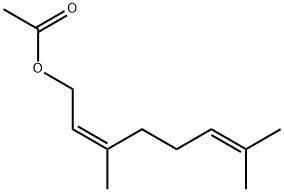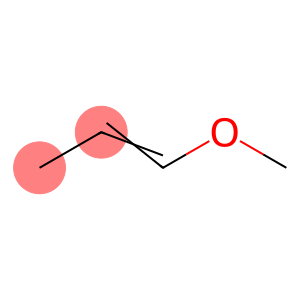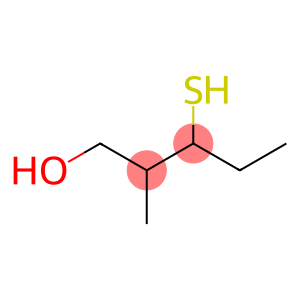Ethyl 3-hexenoate(CAS#2396-83-0)
| Hazard Symbols | Xi – Irritant |
| Risk Codes | R36/37/38 – Irritating to eyes, respiratory system and skin. R10 – Flammable |
| Safety Description | S26 – In case of contact with eyes, rinse immediately with plenty of water and seek medical advice. S36/37/39 – Wear suitable protective clothing, gloves and eye/face protection. S24/25 – Avoid contact with skin and eyes. |
| UN IDs | UN 3272 3/PG 3 |
| WGK Germany | 3 |
| TSCA | Yes |
| HS Code | 29161900 |
| Hazard Note | Irritant |
| Hazard Class | 3 |
| Packing Group | III |
Introduction
Ethyl 3-hexaenoate is an organic compound. It is a colorless liquid with a strong fruity smell. The following is an introduction to the properties, uses, preparation methods and safety information of ethyl 3-hexaenoate:
Quality:
1. Appearance: colorless liquid;
3. Density: 0.887 g/cm³;
4. Solubility: soluble in organic solvents, almost insoluble in water;
5. Stability: Stable, but oxidation reaction will occur under light.
Use:
1. Industrially, ethyl 3-hexaenoate is often used as a raw material for coatings and resins, and can be used to prepare cellulose acetate, cellulose butyrate, etc.;
2. It can also be used as a solvent and plasticizer for synthetic rubber, plastics and inks, etc.;
3. In chemical laboratories, it is often used as a reagent in organic synthesis reactions.
Method:
Ethyl 3-hexenoate can be prepared by alkyd-acid reaction, usually using acetone carboxylic acid and hexel in the presence of an acid catalyst for esterification. The specific synthesis step will involve the reaction conditions and the choice of catalyst.
Safety Information:
1. Ethyl 3-hexaenoate is irritating to the skin, eyes, and respiratory tract and may cause allergic reactions. Appropriate protective measures such as gloves, goggles, and masks should be used;
2. Avoid contact with strong oxidants and acids to avoid dangerous reactions;
3. Keep away from fire and high temperature when storing to prevent its volatilization and combustion;
4. In case of accidental ingestion or exposure, seek medical attention immediately and present the appropriate safety data sheet.








